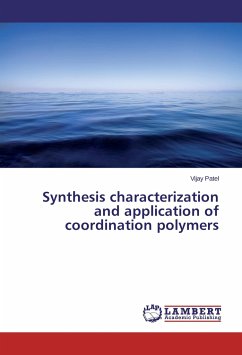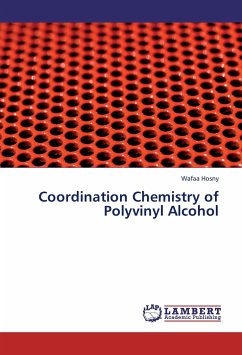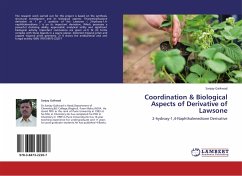
One, Two, Mystery... Coordination Chemistry!
Versandkostenfrei!
Versandfertig in 6-10 Tagen
53,99 €
inkl. MwSt.

PAYBACK Punkte
27 °P sammeln!
A coordination complex consists of a central atom or ion, which is usually metallic and is called the coordination center, and a surrounding array of bound molecules or ions, that are in turn known as ligands or complexing agents. Many metal-containing compounds, especially those that include transition metals (elements like titanium that belong to the Periodic Table's d-block), are coordination complexes.Coordination chemistry emerged from the work of Alfred Werner, a Swiss chemist who examined different compounds composed of cobalt (III) chloride and ammonia. Upon the addition of hydrochlori...
A coordination complex consists of a central atom or ion, which is usually metallic and is called the coordination center, and a surrounding array of bound molecules or ions, that are in turn known as ligands or complexing agents. Many metal-containing compounds, especially those that include transition metals (elements like titanium that belong to the Periodic Table's d-block), are coordination complexes.Coordination chemistry emerged from the work of Alfred Werner, a Swiss chemist who examined different compounds composed of cobalt (III) chloride and ammonia. Upon the addition of hydrochloric acid, Werner observed that ammonia could not be completely removed. He then proposed that the ammonia must be bound more tightly to the central cobalt ion. However, when aqueous silver nitrate was added, one of the products formed was solid silver chloride. The amount of silver chloride formed was related to the number of ammonia molecules bound to the cobalt (III) chloride. For example, when silver nitrate was added to CoCl3-6NH3, all three chlorides were converted to silver chloride. However, when silver nitrate was added to CoCl3-5NH3, only 2 of the 3 chlorides formed silver chloride.












